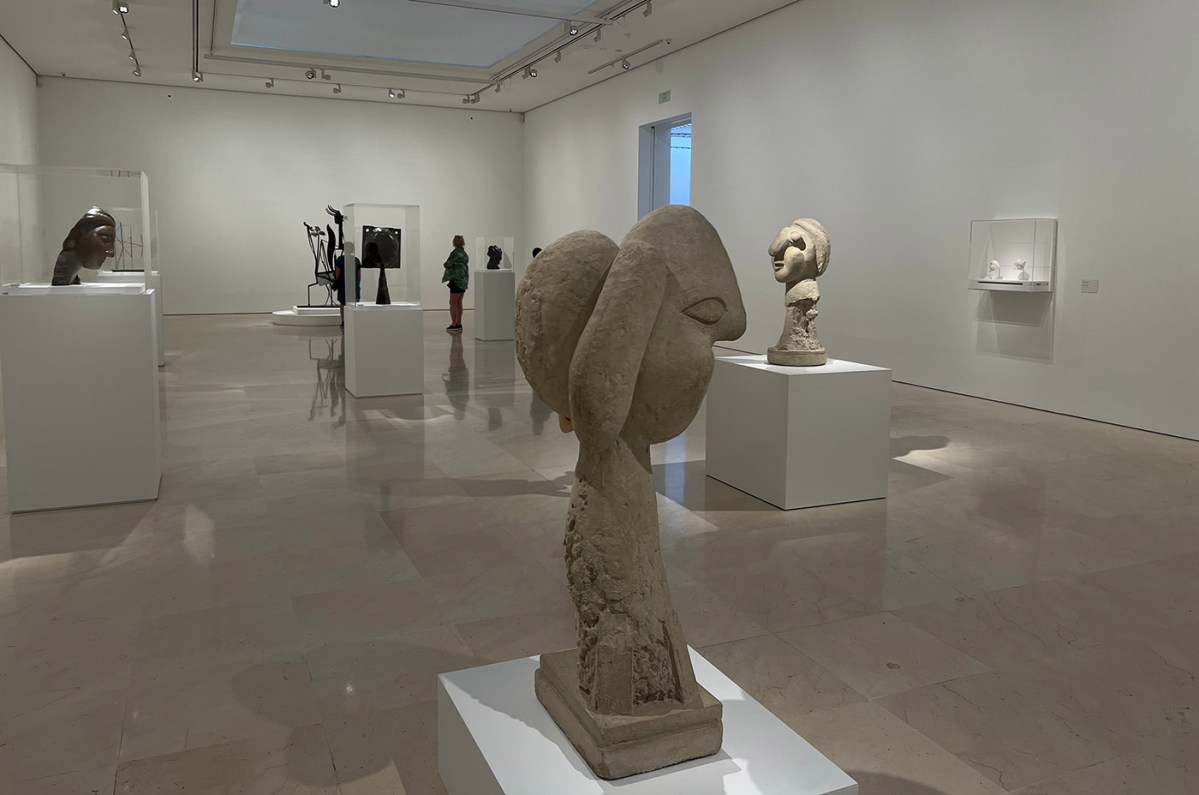La versión en español está después de la versión en inglés.
When I entered the Picasso Museum, I checked in at the desk. A guard then checked my ticket and directed me to the next guard at the entry to the central courtyard who checked my ticket and told me to head down the hall to the left and then turn left into the first gallery. I’ve been there a number of times and repeated the directions back to the docent because that left and left always led to the start of the permanent exhibition and I had only paid for the special exhibit of Picasso sculptures. She confirmed what I repeated. I entered and everything looked the same as always. And no sculptures. I browsed and then headed for the next room. It was all just as I had left it last time. And only one sculpture. I wouldn’t have minded except that I didn’t have a lot of time before I was to meet San Geraldo for lunch (a 15-minute walk from the museum). The special exhibit would be just right. I walked through the large gallery and told another security guard what I had been told, and that it didn’t look right to me. She apologized and sent me into the courtyard and up the stairs across the way. The special exhibit was exactly where I expected it to be.
You can see below some of what I saw. I didn’t photograph most of the sculptures that were displayed behind glass. It’s not a large exhibit but, if you like Picasso’s work, well worth the visit. The majority of the pieces were called “Head of a Woman.” I didn’t download the audio tour to my phone because I didn’t have time. I might go back for that. In our times, Picasso himself is understandably judged under a much harsher light. Still, his work inspired me in my early years of art while his selfishness, narcissism, and misogyny did not.
Cuando entré al Museo Picasso, me registré en el mostrador. Luego, un guardia revisó mi boleto y me dirigió al siguiente guardia en la entrada al patio central, quien revisó mi boleto y me dijo que bajara por el pasillo hacia la izquierda y luego girara a la izquierda hacia la primera galería. Estuve allí varias veces y repetí las instrucciones al docente porque esa izquierda y la izquierda siempre conducían al inicio de la exposición permanente y solo había pagado por la exposición especial de esculturas de Picasso. Ella confirmó lo que repetí. Entré y todo parecía igual que siempre. Y nada de esculturas. Busqué y luego me dirigí a la siguiente habitación. Todo estaba tal como lo había dejado la última vez. Y sólo una escultura. No me hubiera importado, excepto que no tenía mucho tiempo antes de reunirme con San Geraldo para almorzar (a 15 minutos a pie del museo). La exposición especial sería perfecta. Caminé por la gran galería y le conté a otro guardia de seguridad lo que me habían dicho y que no me parecía bien. Ella se disculpó y me envió al patio y a subir las escaleras al otro lado del camino. La exhibición especial estuvo exactamente donde esperaba que estuviera.
Puedes ver a continuación algo de lo que vi. No fotografié la mayoría de las esculturas que se exhibían detrás de un vidrio. No es una exposición grande pero, si te gusta la obra de Picasso, vale la pena visitarla. La mayoría de las piezas se llamaban “Cabeza de mujer”. No descargué el recorrido en audio a mi teléfono porque no tenía tiempo. Podría volver por eso. En nuestros tiempos, el propio Picasso es comprensiblemente juzgado bajo una luz mucho más dura. Aún así, su trabajo me inspiró en mis primeros años de arte, mientras que su egoísmo, narcisismo y misoginia no.
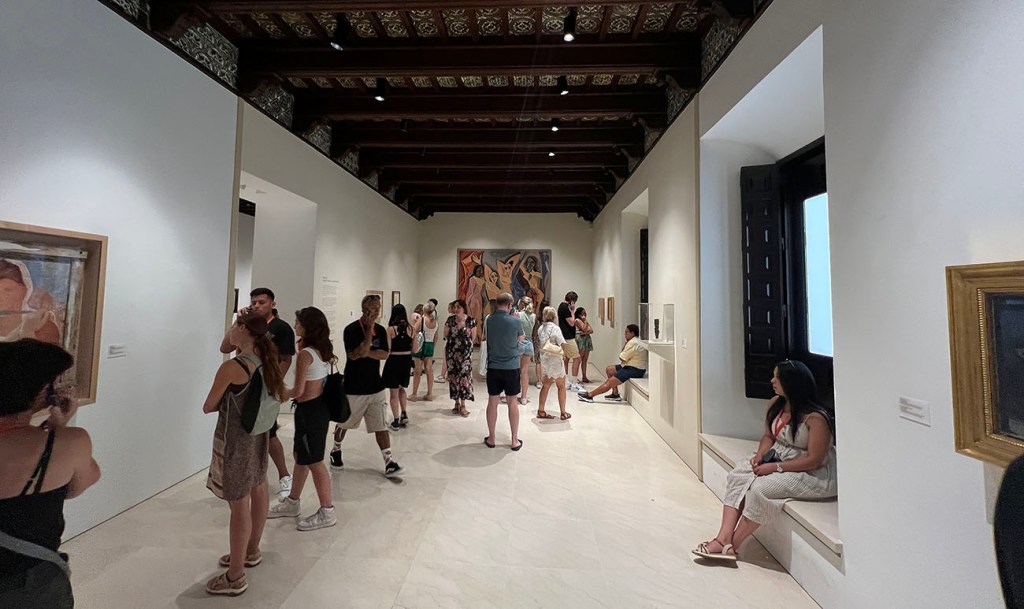
• Ingreso a exposición permanente.

• Entrar a la exposición especial.
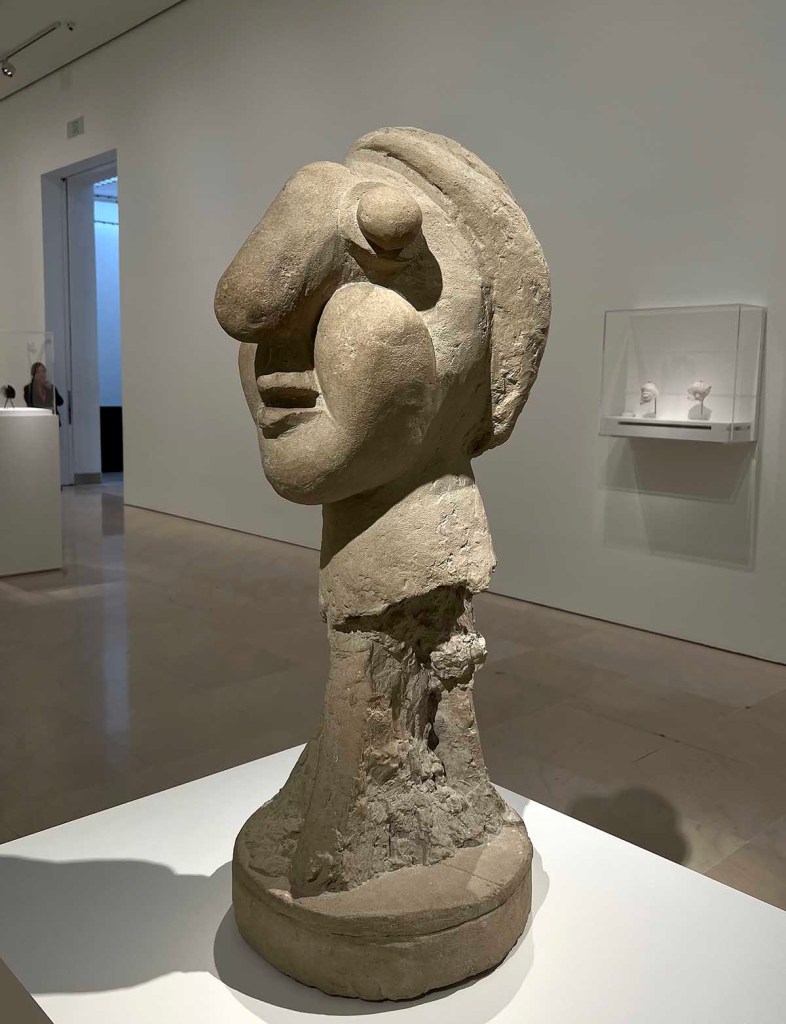


• Esta cabeza de mujer fue identificada: Marie-Thérèse Walter (su amante desde 1927 hasta aproximadamente 1935), descrita como la “musa dorada” de Picasso. Su relación comenzó cuando ella tenía 17 años; él 45 y estaba casado con su primera esposa, Olga Khokhlova.
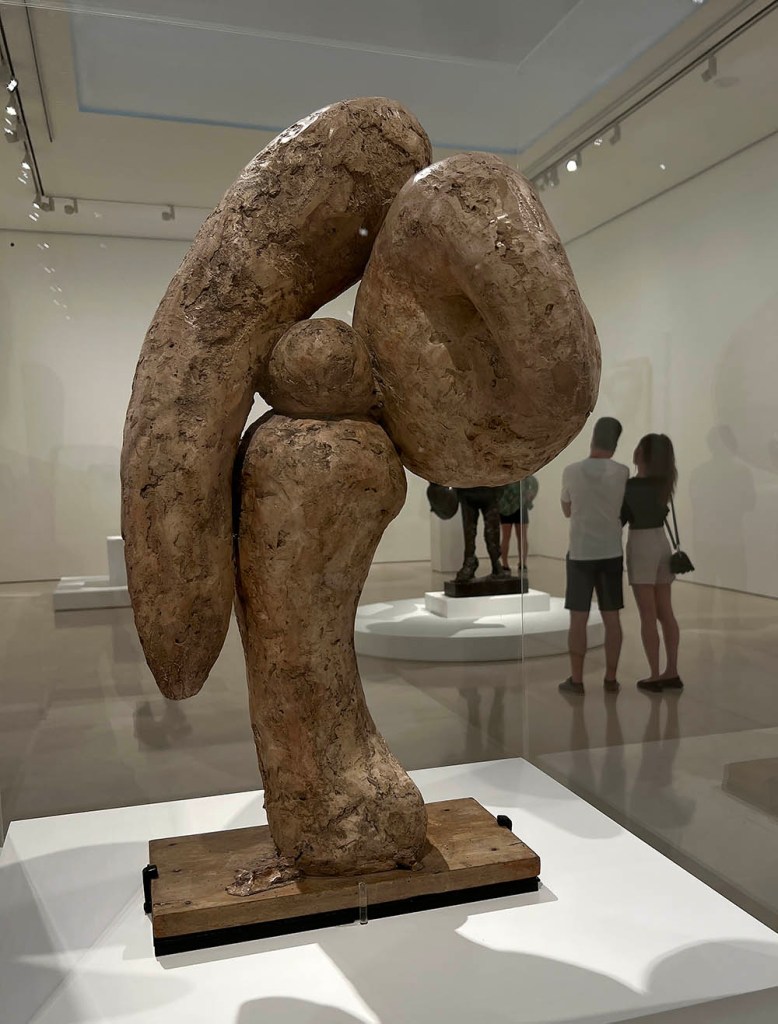
• Esto también se llama “Cabeza de mujer” (1931), pero no es eso lo que veo. ¿Que ves tu?

• “Mujer en el jardín”. 1929.
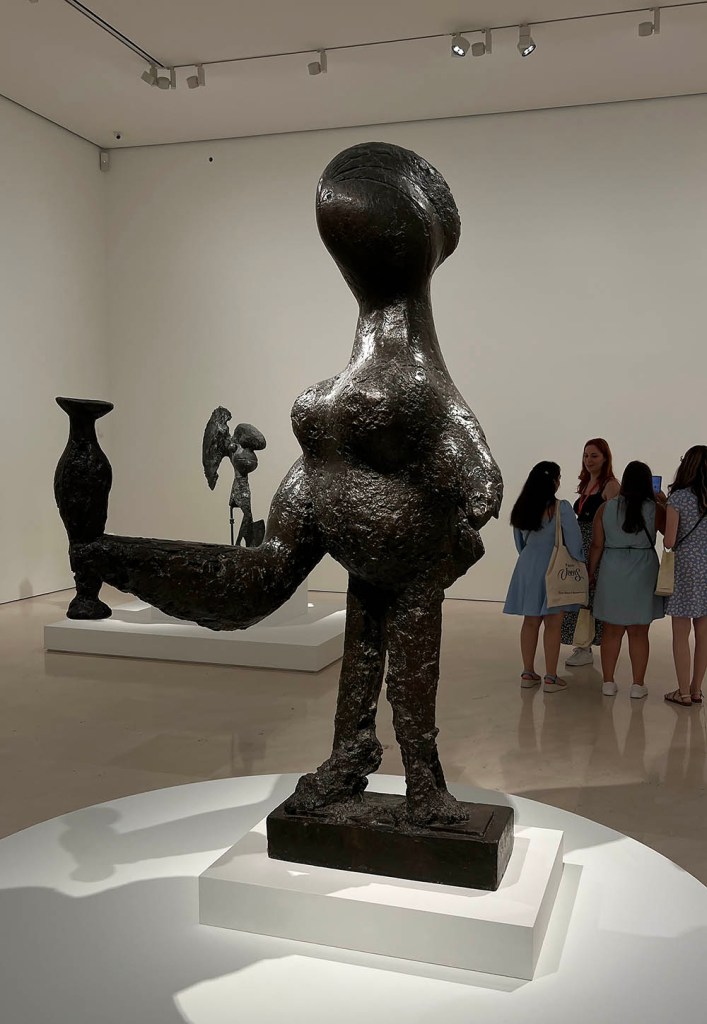
• “La dama oferente.” 1933.

• “Mujer con follajes.” 1934.

• “Mujer con naranja o mujer con manzana”. (¿No pudo decidirse?) 1934. Fundido en bronce 1943.
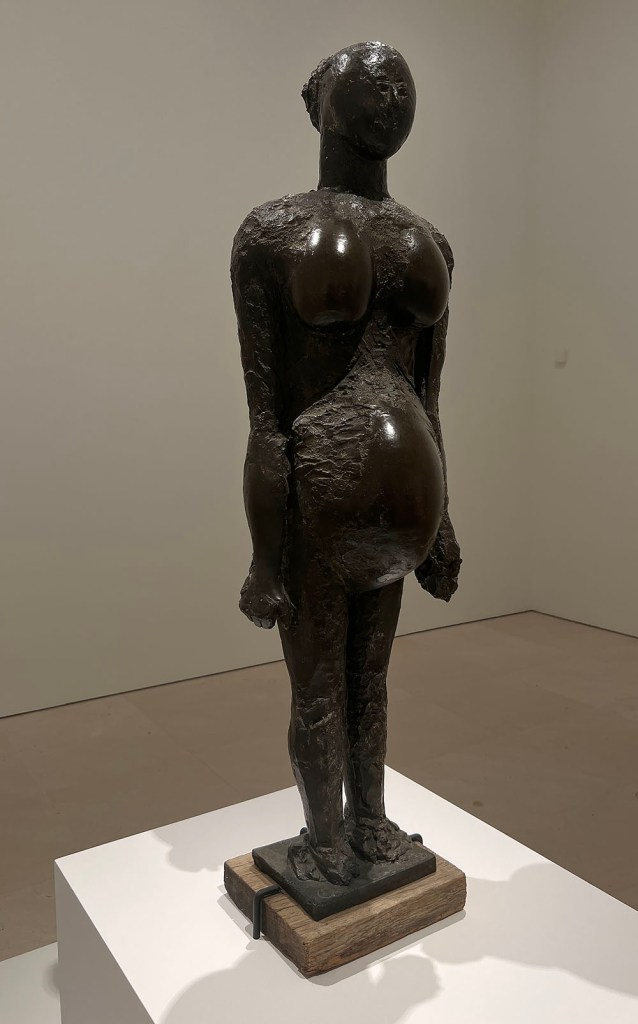
• “Mujer encinta.” 1950.
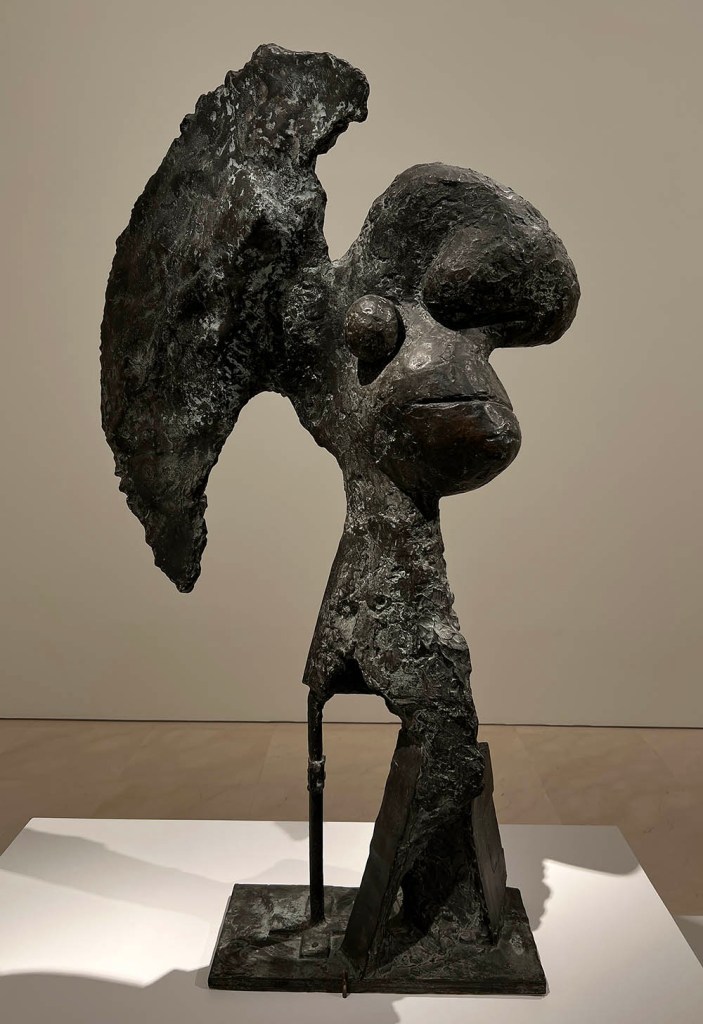
• “Cabeza con casco.” 1933.
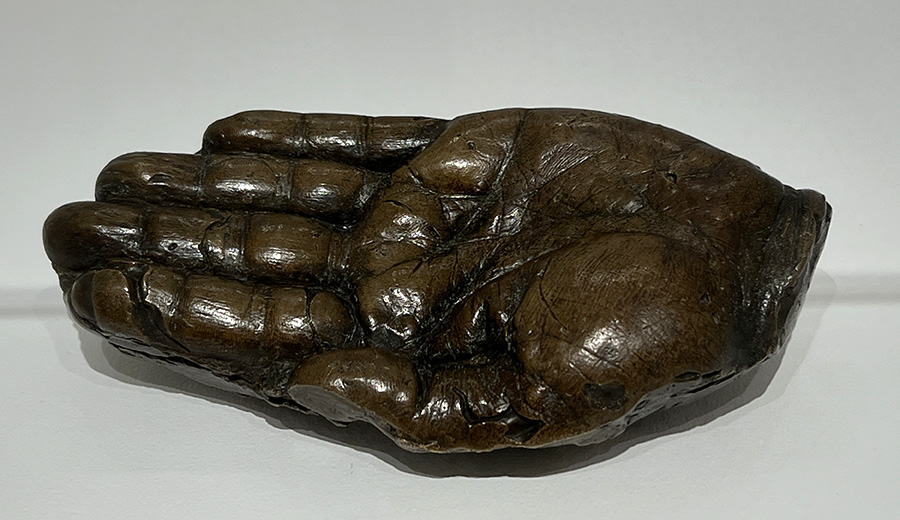
• “Mano izquierdo de Picasso.” 1937. Esto me cautivó.
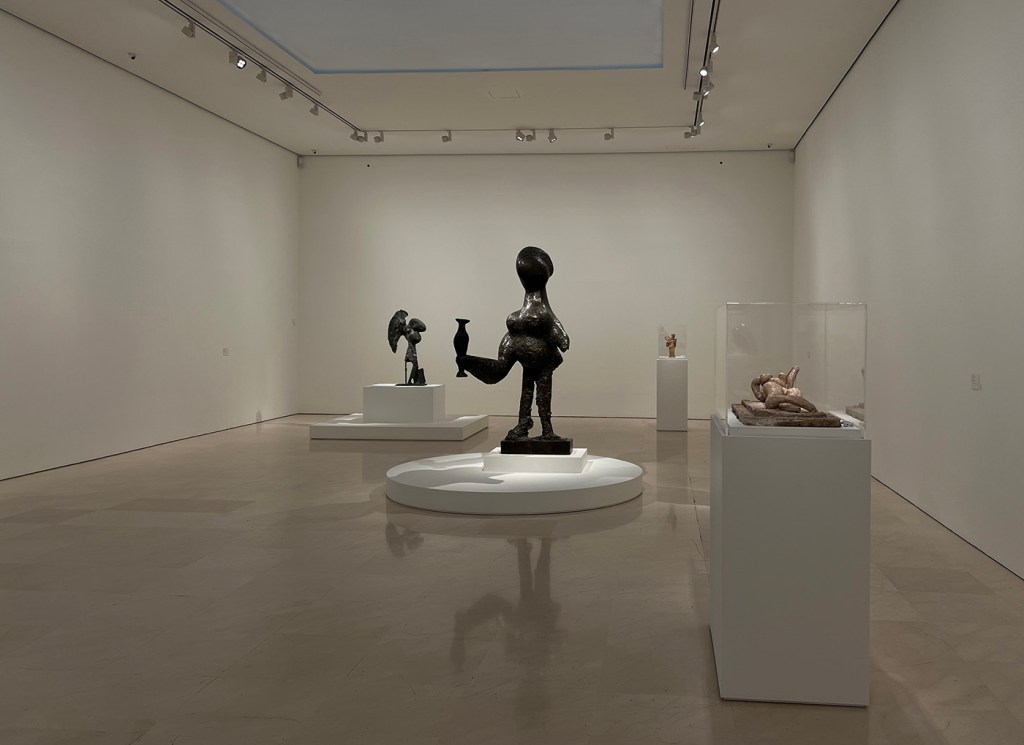




Click the thumbnails to enlarge.
Haz clic en las miniaturas para ampliar.

